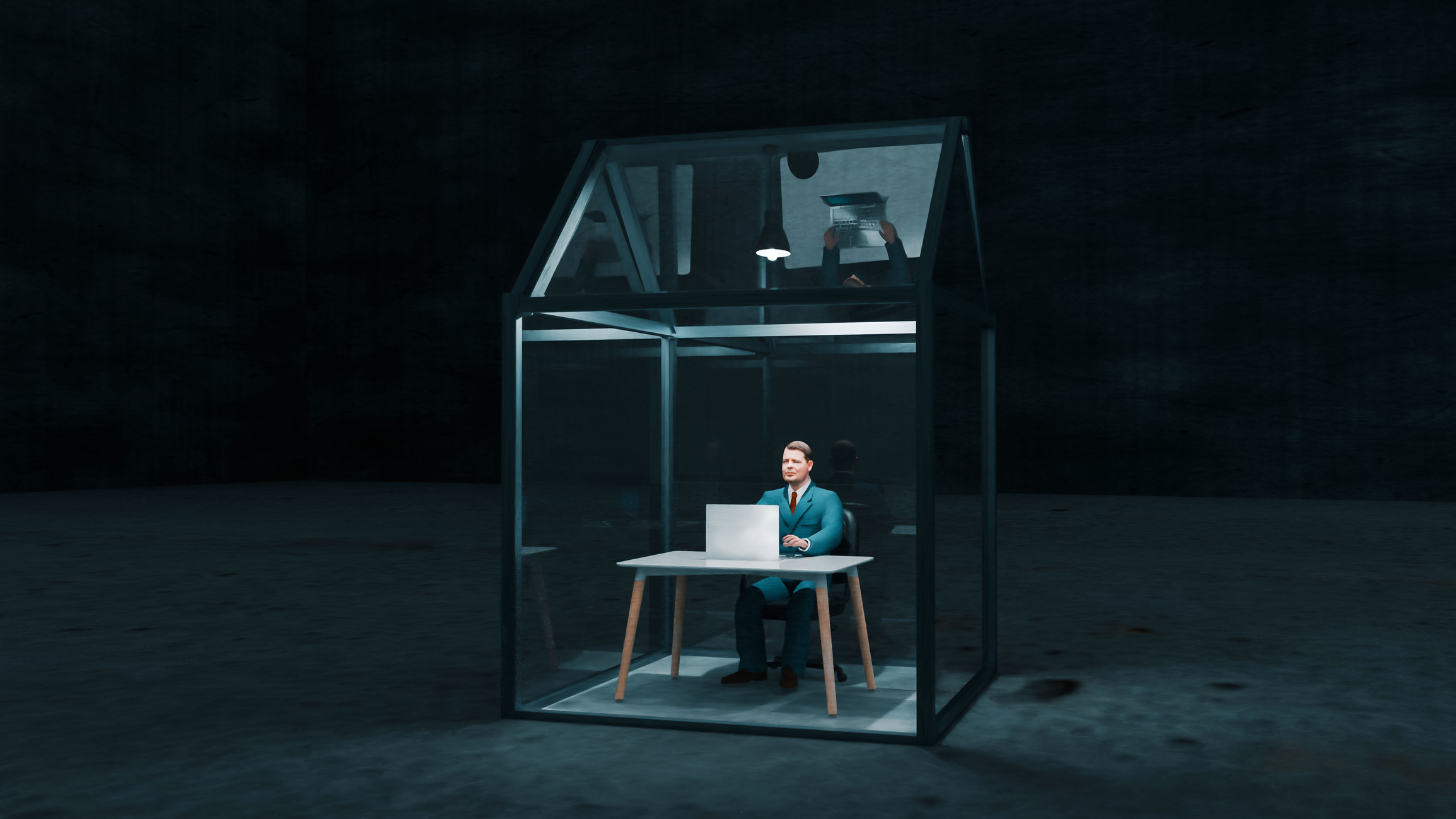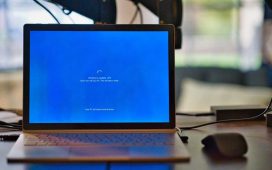
The shift to working from home, fuelled by the COVID-19 pandemic, might now be reversing as a trend – with more and more employers making workers return to the office for at least a few days per week. But despite how much new work patterns have shaped industries and lives in recent years, experts question whether enough has been done to fully respond to remote working risks.
Chintan Patel, chief technology officer for Cisco UK & Ireland, tells ITPro that few companies are well-prepared for remote risks. Cisco’s Cybersecurity Readiness Index demonstrates how just 17% of UK organizations have a mature level of preparedness to handle the security risks of this hybrid world.












